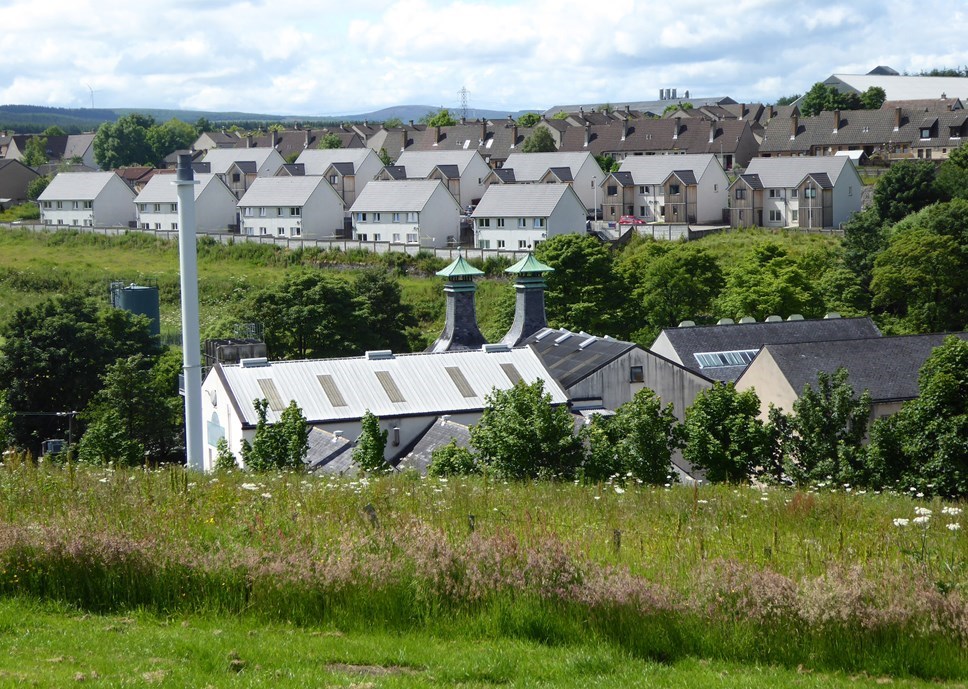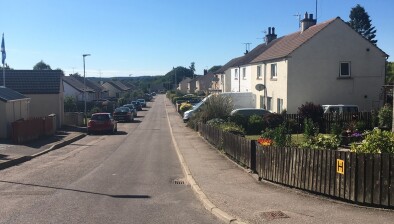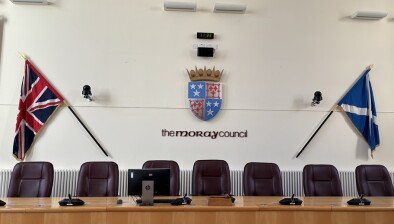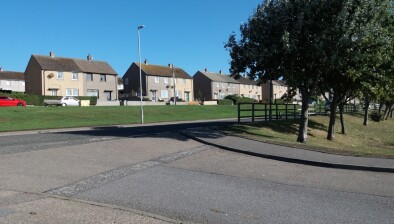Moray Council outperforms on key indicators in housing service charter

Benchmarking against Scottish Social Housing Charter standards in 2022/23 ranks Moray Council better than the Scottish and Local Authority average on the quality and value of its housing services.
A compliance report to Moray Council’s Housing and Community Safety Committee on 21 November 2023 shows emergency and non-emergency housing repairs were carried out almost twice as fast as the Scottish average, with a higher percentage of repairs ‘right first time’.
Tenants’ complaints were being responded to faster than average in Moray and the average response time was notably better than the Local Authority average for Scotland.
The local authority aimed to meet the standard on complaints in the second stage, where a response is expected within 20 working days. Its average response time of 22 days is notably better than the Local Authority average (24 days) but falls short of the Scottish Average (19 days).
At 86.4%, the number of tenants who indicated in a survey that their rent was good value for money, was above the Scottish average of 81.8%, placing the council in the upper-quartile for Local Authorities.
Similarly, the number of tenants who felt that the council was good at keeping them informed about services and decisions, and offered ample opportunity to take part in their landlord’s decision-making processes, was also higher than average.
An above-average percentage of tenants (89.6%) were pleased with how their neighbourhood was being managed, and the percentage of tenants satisfied with the quality of their home (82.7%) was close to the Scottish average of 84.2%.
In other performance indicators, rent lost through properties being left vacant stood at 1%. This was better than the Scottish average of 1.4%. Strong performance was also seen in the time taken to re-let properties, reducing from 62 days to 52 days between 2021/22 and 2022/23, outperforming the Scottish average, which was 56 days.
At the same time, the percentage of anti-social behaviour cases resolved within local target timescales (76.3%) was below the Scottish average of 94.2%
Due to the lack of available electrical contractors, an action plan is in place to improve compliance in order to meet recently enhanced electrical certification requirements.
Actions taken by the council this year to ensure tenants were not adversely affected by mould and dampness have also been reported. These included officer training, leaflet drops, and the procedures being put in place to record, prioritise, and schedule inspections.
Smart technology is being piloted in recently acquired housing stock to monitor moisture and temperature levels.
An annual Performance Report produced by social landlords on their performance for tenants, mirroring the key themes of the Charter, is now available on the council’s website. It is sent to tenants via a newsletter called Tenants’ Voice, and it is posted on the council’s social media channels.
Housing and Community Safety Committee chair, Councillor Amber Dunbar, said: “This report demonstrates that we are a responsible social landlord and we will continue to strive to comply with all the necessary regulations and standards that our tenants can expect to receive from us.”







